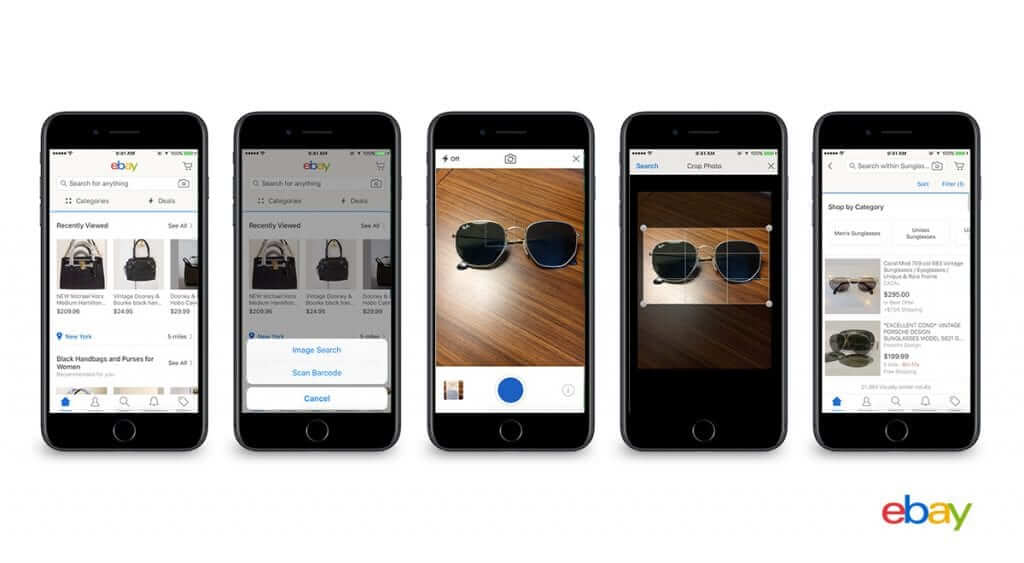Social Mobile Local – Integrating Mobile and Social Media Marketing
SoMoLo: Integrating Mobile and Social Media Marketing
UCD Smurfit Seminar Series – Claire Hyland
by Eamonn O Raghallaigh
Claire Hyland, a mobile marketing specialist with expertise in developing and managing mobile campaigns from an agency perspective discussed the advert of mobile and how it is being integrated with social media.
 Claire started the session by discussing the concept of ‘value exchange’; the idea that you can’t get something for nothing and that there needs to be a distinct value exchange in online interactions. To be successful in the online world, companies need to offer something in return for the consumer’s attention. She discussed the 3C approach – the juxtaposition of content, context and contact which when intersected highlights a shared purpose; this is the key to value exchange. Claire went on to discuss that if companies are to be successful in their marketing campaigns they need to understand a number of characteristics and key consumer behaviours including group dynamics and their multi-screen activities.
Claire started the session by discussing the concept of ‘value exchange’; the idea that you can’t get something for nothing and that there needs to be a distinct value exchange in online interactions. To be successful in the online world, companies need to offer something in return for the consumer’s attention. She discussed the 3C approach – the juxtaposition of content, context and contact which when intersected highlights a shared purpose; this is the key to value exchange. Claire went on to discuss that if companies are to be successful in their marketing campaigns they need to understand a number of characteristics and key consumer behaviours including group dynamics and their multi-screen activities.
Claire went on to discuss a number of key aspects of mobile strategy which form part of current best practice. She outlined that mobile strategy should reflect consumer behaviour in the current socially connected world. It should form an important part of over-arching digital marketing strategy which offers a clear value exchange for consumers. Furthermore, she described that it should follow consumers on their journey in a multi-screen digital world – from mobile, to pad, to desktop and that the key strategy should be to develop innovative products and services which integrate social, local and mobile.
Towards the end of the first session, Claire alluded to a number of predictions for the future of mobile marketing. She spoke about the concept of experience roaming, where a consistent experience is delivered across diverse screens and how this will drive future competition in the space. She talked about how the mobile platform wars will further centralise around Google and Apple and how both these ecosystems enjoy protection from consumer lock-in. She also predicted that Microsoft and Facebook would follow on in 3rd and 4th places respectively in the race for dominance in the mobile marketing arena. Claire then discussed a number of case studies, including Budweiser, Guinness Arthur’s Day and L’Oreal and how these companies are using mobile strategies to effect consumer engagement.
Claire started the second session by describing how mobile marketing can be used not just to effect communication and engagement with consumers but also to drive major cost efficiencies for companies. Claire went on to discuss how mobile has multiple potential channels including SMS, mobile apps, search, visual search, QR and in-browser ads. She discussed that the choice of channel a company utilises ultimately depends on what the specific objectives are. SMS marketing can be very effective as practically everyone is reachable via mobile phone; however this form of contact must be solicited. The timeliness of SMS is another key factor, with 90% of text messages being read within 3 to 5 minutes. Furthermore, cost and utility are also major advantages, with prices in the region of 5 cents each.
With reference to mobile search, Claire discussed how more that 95% of Smartphone users use mobile search to access local information and that over 90% of searches lead to action and 50% lead to purchase. She discussed the different adserving technologies and outlined some of the different features unique to mobile including geo-targeting, temporal targeting and in app serving. She also discussed augmented reality and how this is being used in innovative mobile advertising campaigns – for example the recruitment of doctors in Australia where they must hold their phone over a picture of a patient on a advertising display and they view an X-Ray in augmented reality on their phone.
Key Take Away Points
• To be successful in the online world, companies need to offer something in return for the consumer’s attention – Value Exchange
• 3C approach – the juxtaposition of content, context and contact which when intersected highlights a shared purpose
• Mobile strategy should follow consumers on their journey in a multi-screen digital world – from mobile, to pad, to desktop
• The key is to develop innovative products and services which integrate social, local and mobile
• Google and Apple dominate the mobile platform space, with Microsoft and Facebook following on in 3rd and 4th places respectively
• Mobile has multiple potential channels including SMS, mobile apps, search, visual search, QR and in-browser ads.
• Timeliness of SMS is a key advantage, with 90% of text messages being read within 3 to 5 minutes.
• 95% of Smartphone users use mobile search to access local information and that over 90% of searches lead to action and 50% lead to purchase
• Mobile allows for geo-targeting, temporal targeting and augmented reality and these technologies allow for a higher engagement and conversion rates
On Reflection…
An emerging trend in this series of seminars in the concept of the ‘value exchange’, it just seems to keep cropping up. This is something I have been advocating for years. In my previous company I developed a marketing strategy which focussed on giving the consumer something in return for their time on our website or their contact details. The website was recruitment based, so I developed salary surveys, CV templates and interview advice content which was free for the user to download. This was developed with no marketing experience and it just seemed like a common sense approach. So it is my belief that marketing has uncomplicated itself and regressed to a more common sense state.
Another thought provoking aspect of Claire’s talk was concept of the consumer’s journey in a multi screen world. It is not immediately obvious to the novice marketer that this would be a major factor, however after discussion and reflection it is obvious that it is of paramount importance. How the consumer interacts with the brand along the journey through this diverse range of touchpoints is important, and consistency is key.
A final enlightening aspect of Claire’s talk was the metrics around mobile search. The fact that over 90% of mobile searches lead to action and 50% of these lead to purchase was surprising. It has further consolidated the necessity to optimise for mobile search in future campaigns.





Recent Comments